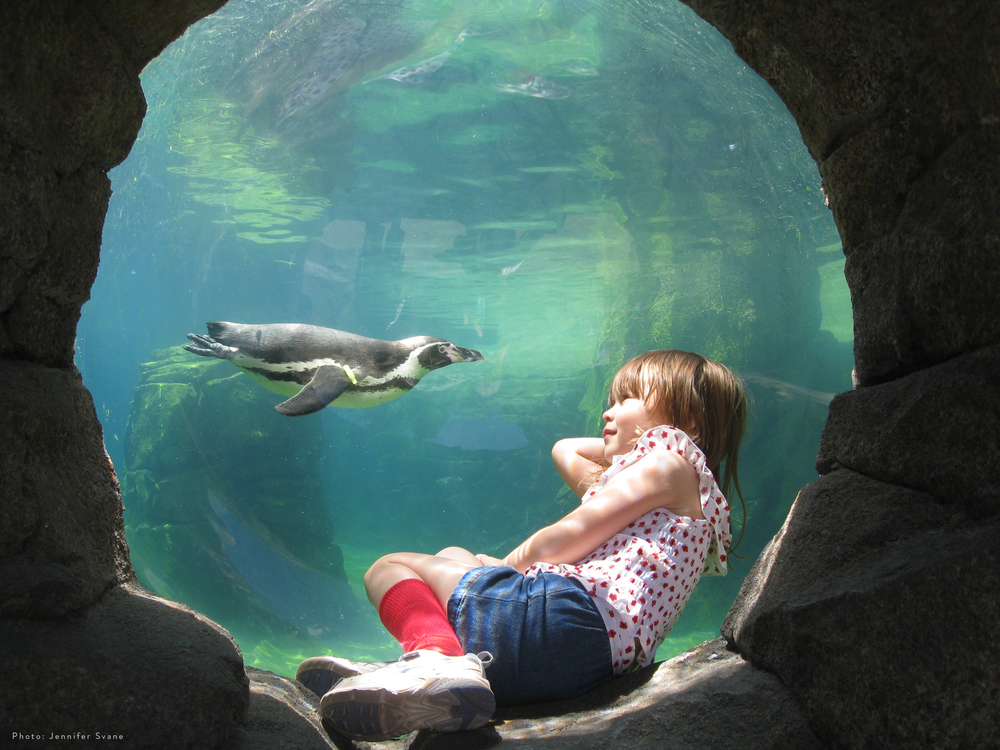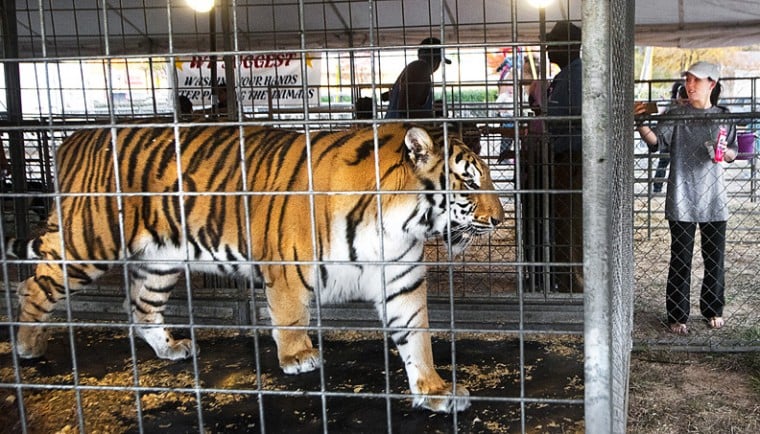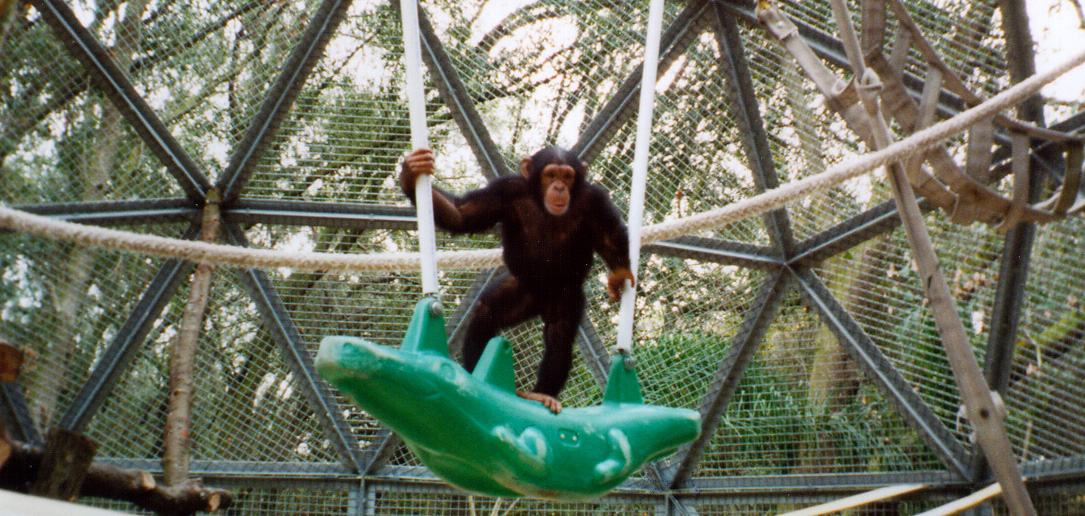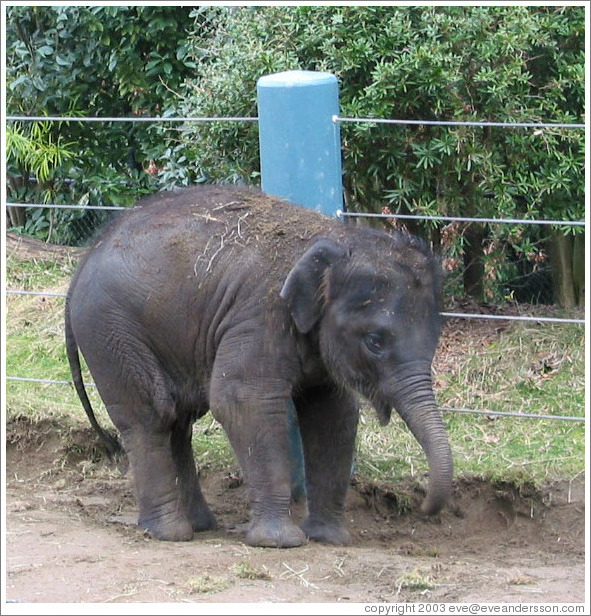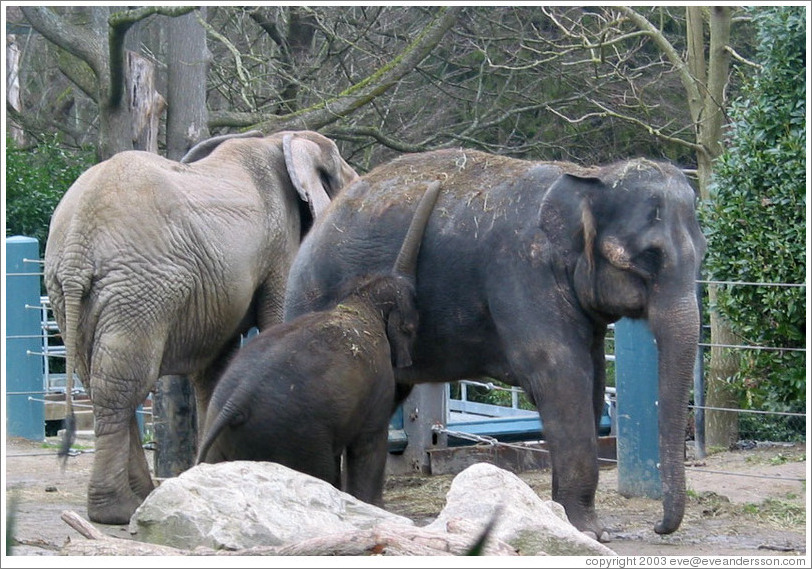Swazi Elephants: Certain/Improbable Death or Prisoners/Guests?

Well it's that time in the year where we return to the controversy of elephants in captivity. The issue on hand now? Swaziland. For those of you who have no idea what I'm talking about, Swaziland is a small African country located in Southern Africa. How small? Think slightly larger than Connecticut. And it is home to the Hlane Royal National Park, home to many exotic wildlife including elephants. The problem on hand is that elephants are destructive and there is no room in the tiny, landlocked country for them if the country wants the more endangered rhinos to help. The solution? Two options: Cull the elephants or send them to U.S. zoos.

First of all, let me say that I am in no way criticizing zoos in general (at least the good ones). But I have to call utter BS on this. Elephants don't fare well in captivity (with a few notable exceptions) and their breeding rate is nowhere near a self-sustaining population in North America. Despite their controversial status, elephants remain the top draw for American zoos and with the shortage closing in on most major zoos, they must adapt by either closing their popular pachyderm exhibits (generally replacing them with rhinos) or step up their breeding. Neither option has been successful at this point so zoos must look elsewhere for their elephants.

The perfect solution for their problem is Africa. Elephants are categorized into two species: Asian and African. However, under the Endangered Species Act, it is illegal to import Asian elephants. If you're able to sidestep all the bureaucratic red tape, you might actually be able to get your hands on some African elephants. The San Diego Zoo and Lowry Park Zoo spearheaded an effort that brought thirteen elephants into the United States in 2003. The herd was enormously helpful in stepping up breeding efforts (the San Diego Safari Park at it's peak was home to thirteen elephants), but the move remains controversial.
This time, the effort is being led by Omaha's Henry Doorly Zoo, Wichita's Sedgwick County Zoo, and the Dallas Zoo to bring in eighteen elephants. The zoos and the government claim that the elephants (ages range from 6-25) will be culled (aka murdered for "good" reason) to make room for the rhinos. The choice is most likely untrue, designed to get the import permits signed. After all, who doesn't like a good rescue? However, I've perused most articles that ebulliently call for the elephants not to be subjected to the prisons in U.S. zoos. Besides the usual "zoos are awful for elephants" and "I hate zoos!", there wasn't much logical reason against the culling. One article vaguely explained that there were alternatives, but then stopped short of listing any viable options. National Geographic suggested birth control or South Africa as options. South Africa is already full to the brim with elephants and administering birth control in the field still doesn't solve the problem of the current elephants (it could be applied later so we wouldn't have to have this debate).
And now we come to the scenario that the elephants end up coming to the United States anyway despite the strong global opposition. Would it be that bad? While many zoo exhibits are insufficient for the cognitive and physical abilities of elephants, it's hard to paint a picture of loneliness, suffering, and pain when you look at the three zoo elephant exhibits. Dallas Zoo's Giants of the Savanna has five acres (and cost $32.5 million to build), Omaha's elephant exhibit is part of its $73 million renovation, and Wichita's Elephants of Zambezi Valley is the nation's third largest exhibit for zoo elephants at over five acres (and the world's largest elephant pool). While certainly life in captivity is not perfect, would it be that bad? With zoo technology at it's finest, they're not sticking the elephants behind bars in a concrete enclosure. They'll have families, free veterinary care, fresh food, and a safe home. Pardon me for saying this, but most people in the world don't have that luxury. It's not the perfect choice, but at this point, it's the best option if the elephants come to the United States.
While many conservationists and field biologists are against the holding of elephants in captivity, zoos are evolving to meet those changing demands. Just recently bullhooks (tools historically used to beat captive elephants into submission) were banned and elephants required to be housed in social groups. As I keep on repeating, it's not a perfect system but it's getting better. I am not against the transfer of the elephants, but I feel that the motives of the zoos are not as pure as they portray themselves to be. Maybe I'm wrong. Maybe the zoos are just greedy businesses capitalizing on their best attractions. Or maybe zoos are the forefront of conservation and they're just receiving a lot of heat for trying to help the elephants. I'm not sure and I cannot state anything as fact if I don't have the real facts. Whatever the end for this, let us keep in mind that the welfare of the elephants should always remain our top priority. As long as the elephants are well cared for, I have no reason (other than ideological) to be against the transfer.









